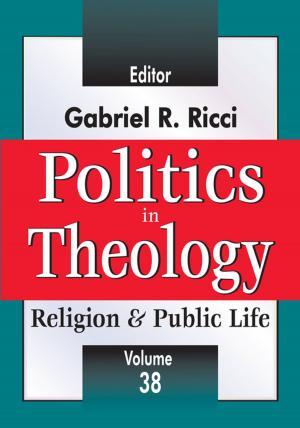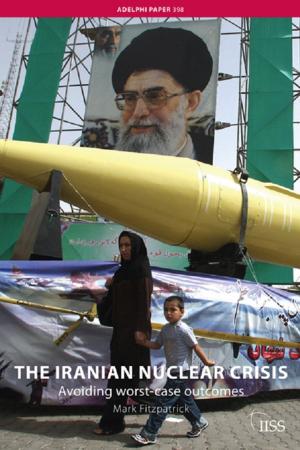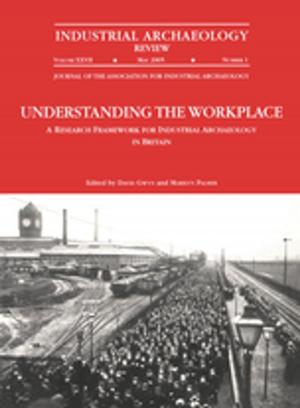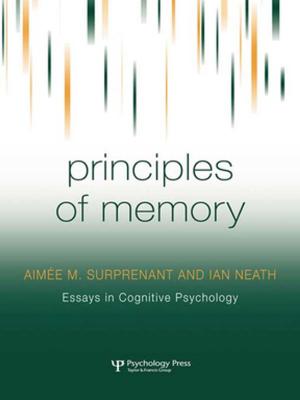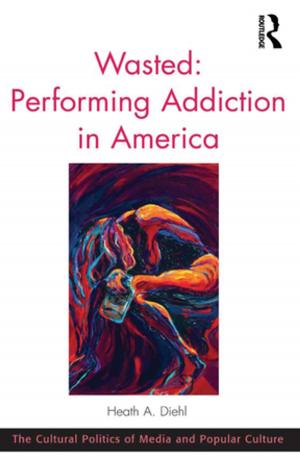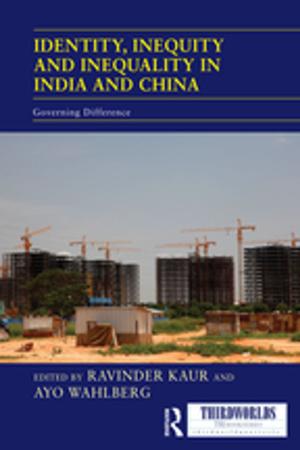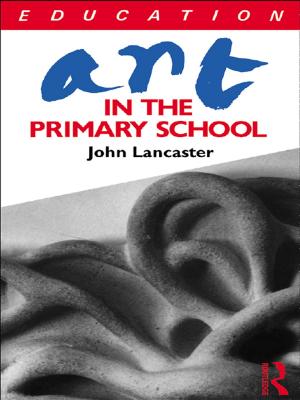Alternative Visions of Post-War Reconstruction
Creating the modern townscape
Nonfiction, Art & Architecture, Architecture, Landscape, Planning| Author: | ISBN: | 9781317698647 | |
| Publisher: | Taylor and Francis | Publication: | August 19, 2014 |
| Imprint: | Routledge | Language: | English |
| Author: | |
| ISBN: | 9781317698647 |
| Publisher: | Taylor and Francis |
| Publication: | August 19, 2014 |
| Imprint: | Routledge |
| Language: | English |
The history of post Second World War reconstruction has recently become an important field of research around the world; Alternative Visions of Post-War Reconstruction is a provocative work that questions the orthodoxies of twentieth century design history.
This book provides a key critical statement on mid-twentieth century urban design and city planning, focused principally upon the period between the start of the Second World War to the mid-sixties. The various figures and currents covered here represent a largely overlooked field within the history of 20th century urbanism.
In this period while certain modernist practices assumed an institutional role for post-war reconstruction and flourished into the mainstream, such practices also faced opposition and criticism leading to the production of alternative visions and strategies. Spanning from a historically-informed modernism to the increasing presence of urban conservation the contributors examine these alternative approaches to the city and its architecture.
The history of post Second World War reconstruction has recently become an important field of research around the world; Alternative Visions of Post-War Reconstruction is a provocative work that questions the orthodoxies of twentieth century design history.
This book provides a key critical statement on mid-twentieth century urban design and city planning, focused principally upon the period between the start of the Second World War to the mid-sixties. The various figures and currents covered here represent a largely overlooked field within the history of 20th century urbanism.
In this period while certain modernist practices assumed an institutional role for post-war reconstruction and flourished into the mainstream, such practices also faced opposition and criticism leading to the production of alternative visions and strategies. Spanning from a historically-informed modernism to the increasing presence of urban conservation the contributors examine these alternative approaches to the city and its architecture.


